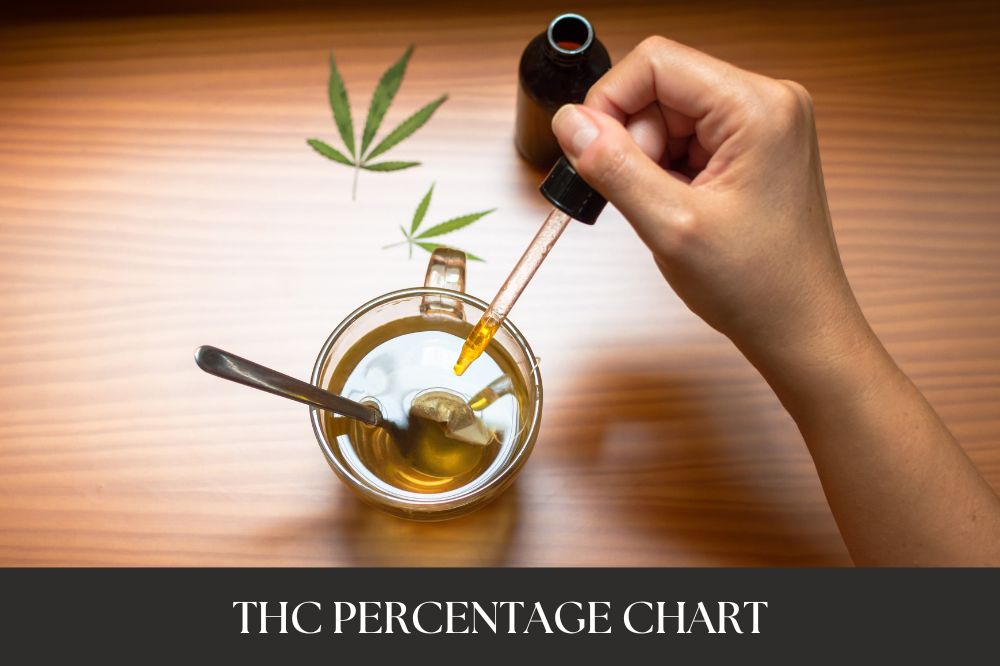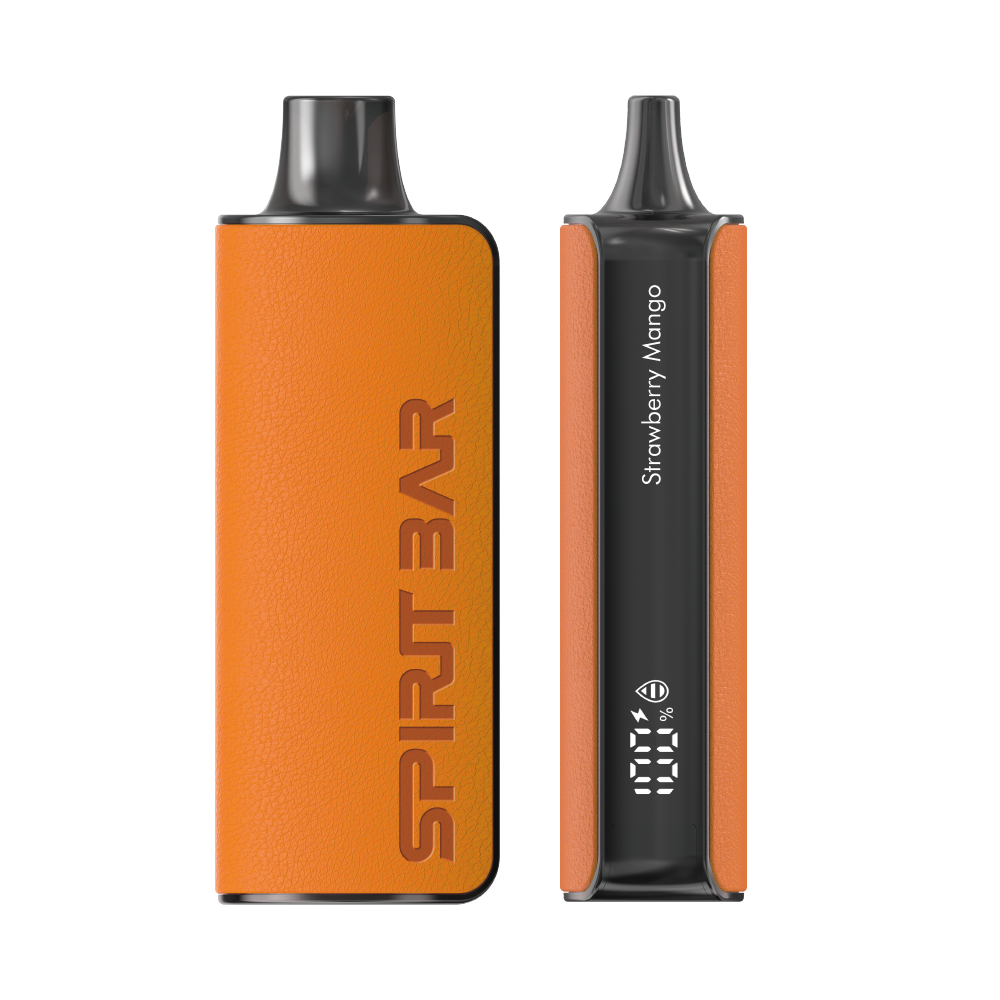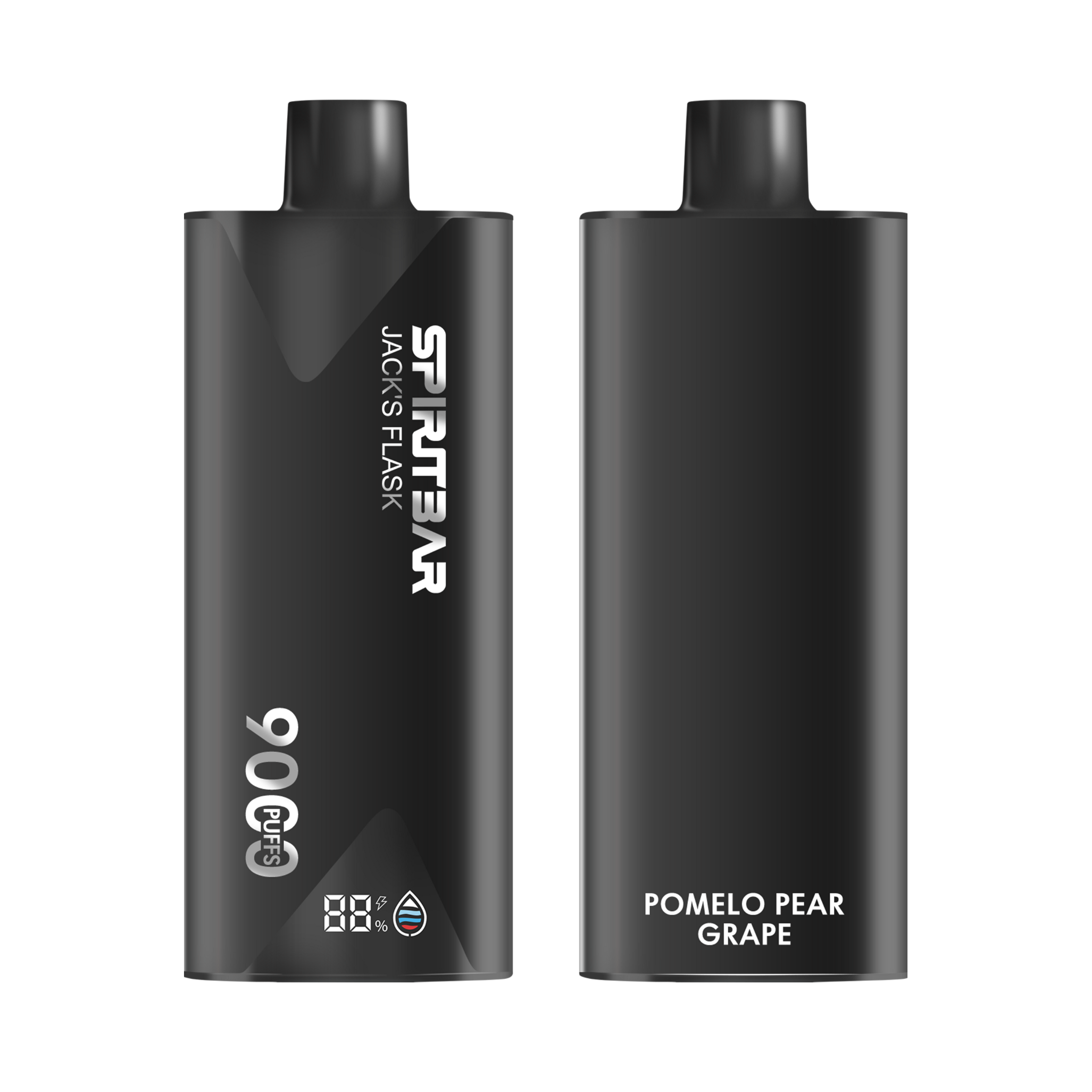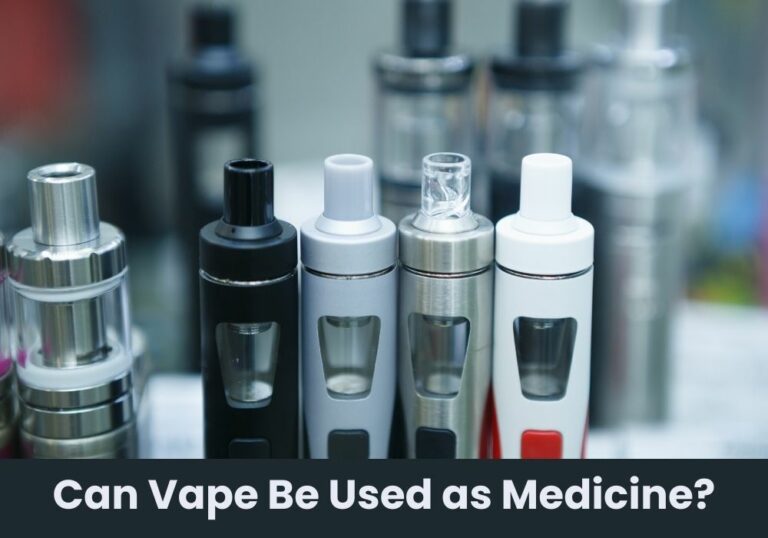
When it comes to purchasing cannabis products, understanding the THC percentage chart can be a valuable tool for consumers. THC, or tetrahydrocannabinol, is the psychoactive compound found in cannabis that is responsible for producing the “high” sensation. The percentage of THC in a cannabis product can vary widely, from as low as 10% to as high as 30% or more.
Knowing the THC percentage can help consumers determine the potency of a product and make informed decisions about dosage and consumption methods. For example, a product with a higher THC percentage may be more suitable for experienced users who are looking for a stronger effect, while a product with a lower THC percentage may be more appropriate for beginners or those who are looking for a milder experience. Additionally, understanding the THC percentage can help consumers avoid overconsumption and the unpleasant side effects that can come with it.
Overall, the THC percentage chart is an important tool for anyone who uses cannabis products. By understanding the potency of a product, consumers can make informed decisions about dosage and consumption methods, and avoid the negative effects of overconsumption. In the following sections, we will explore the THC percentage chart in more detail, including how it is calculated, what factors can influence THC percentage, and how to use the chart to make informed decisions about cannabis consumption.
Understanding THC Percentage
THC percentage is a key factor to consider when selecting cannabis products. It is important to understand what THC is and how it affects the body. THC, or tetrahydrocannabinol, is the psychoactive compound in cannabis that produces the “high” feeling. The percentage of THC in a product determines its potency and effects.
The average THC percentage in cannabis flower ranges from 10-30%, with the average being around 20%. However, some strains may have higher or lower THC percentages. It is important to note that THC content is not the only factor that determines a strain’s effects. Other factors, such as terpenes and CBD content, can also impact the overall experience.
When selecting a cannabis product, it is important to consider your personal tolerance and experience with THC. A product with a higher THC percentage may be too potent for someone with a low tolerance, while a product with a lower THC percentage may not provide the desired effects for someone with a higher tolerance.
It is also important to note that THC percentages can vary depending on the form of cannabis. For example, concentrates such as wax or shatter may have much higher THC percentages than flower. It is important to be aware of the potency of the product you are consuming and to start with a low dose.
SPIRITBAR Katana BP10000
- Slender, leather-textured body reminiscent of a katana handle for an authentic samurai feel
- Unique samurai-inspired e-liquid flavor - fruity yet not too sweet, with a luxurious, elegant aroma
- Powerful 650mAh rechargeable battery for extended vaping time
- Large 18ml e-liquid capacity and 10,000 puff capacity
- Advanced mesh coil and e-liquid & power display screens for optimal vaping experience
The special juice captures the essence of the samurai spirit with its rich, smoothly pulsating flavor that brings new satisfaction with every puff. The device's slender, leather-textured design evokes the grip of a samurai's katana, making this product a perfect choice for beginner vapors.
Overall, understanding THC percentage is crucial when selecting cannabis products. It is important to consider personal tolerance and experience, as well as other factors that can impact the overall experience.
Measuring THC Percentage
As a cannabis consumer, it’s important to know the THC percentage of your product. THC percentage indicates the potency of the cannabis strain and can help you determine the effects you can expect to feel. In this section, I will discuss the two common methods used to measure THC percentage: laboratory testing and home testing kits.
Laboratory Testing
Laboratory testing is the most accurate way to measure THC percentage. It involves sending a sample of the cannabis product to a lab where it is analyzed for its THC content. The lab will use a variety of methods to extract and measure the THC, including gas chromatography (GC) and high-performance liquid chromatography (HPLC).
The results of laboratory testing are typically reported as a percentage of THC by weight. For example, a cannabis strain with 20% THC means that 20% of the weight of the strain is made up of THC.
SPIRITBAR Jack’s Flask 9000 Puffs
- Stylish pirate flask-shaped body providing an exciting vaping experience
- Delivering up to 9000 puffs per device
- 20ml e-liquid capacity with 50mg nicotine strength for satisfying throat hit
- Specialized pirate-themed e-juice flavors for rich, swirling taste
- Premium mesh coil optimizes flavor profile for maximum vaping enjoyment
This disposable vape captures the daring spirit of the high seas with its flask styling and signature pirate e-juice flavors. The extraordinary battery life provides 9000 indulgent puffs for extended vaping pleasure. Live boldly and freely with the Jack's Flask - a legendary vaping experience fit for a pirate's adventures.
While lab testing is the most accurate method of measuring THC percentage, it can be expensive and time-consuming. It’s also not a practical option for most consumers, as it requires sending a sample of the product to a lab and waiting for the results.
Home Testing Kits
Home testing kits are a more affordable and convenient option for measuring THC percentage. These kits use a chemical reaction to detect the presence of THC in a sample of cannabis.
To use a home testing kit, you will need to take a small sample of the cannabis product and mix it with a chemical solution provided in the kit. The solution will change color if THC is present, indicating the potency of the cannabis strain.
While home testing kits are a more convenient option, they are not as accurate as laboratory testing. The results can vary depending on the quality of the kit and the user’s ability to follow the instructions correctly.
It’s important to note that while THC percentage is a useful indicator of the potency of a cannabis strain, it does not necessarily indicate the quality of the product. Other factors, such as the terpene profile and growing conditions, can also affect the effects of the cannabis strain.
In conclusion, measuring THC percentage is an important aspect of cannabis consumption. While laboratory testing is the most accurate method, home testing kits can provide a more affordable and convenient option. It’s important to keep in mind that THC percentage is just one factor to consider when choosing a cannabis product.
THC Percentage in Different Cannabis Strains
As we all know, the THC percentage in weed can vary greatly depending on the strain. While some strains may have THC percentages as low as 10%, others can have THC percentages as high as 30%. In fact, some strains have even been recorded to have THC percentages as high as 46% [1].
When it comes to cannabis strains, it’s important to note that not all strains are created equal in terms of THC percentage. Some strains are naturally higher in THC, while others are naturally lower. This is why it’s important to do your research and know what you’re getting before you make a purchase.
Here are a few examples of different cannabis strains and their average THC percentages:
- Girl Scout Cookies: This popular strain is known for its high THC content, with levels ranging from 17% to 28% [2].
- White Tahoe Cookies: This strain has an average THC percentage of 23% [3].
- Bruce Banner: This strain is known for its high THC content, with levels ranging from 23% to 29% [1].
- Gorilla Glue #4: This strain has an average THC percentage of 18% to 25% [4].
As you can see, THC percentages can vary greatly depending on the strain. It’s important to do your research and know what you’re getting before you make a purchase.
SPIRITBAR Katana BP10000
- Slender, leather-textured body reminiscent of a katana handle for an authentic samurai feel
- Unique samurai-inspired e-liquid flavor - fruity yet not too sweet, with a luxurious, elegant aroma
- Powerful 650mAh rechargeable battery for extended vaping time
- Large 18ml e-liquid capacity and 10,000 puff capacity
- Advanced mesh coil and e-liquid & power display screens for optimal vaping experience
The special juice captures the essence of the samurai spirit with its rich, smoothly pulsating flavor that brings new satisfaction with every puff. The device's slender, leather-textured design evokes the grip of a samurai's katana, making this product a perfect choice for beginner vapors.
[1] https://expertseedbank.com/highest-thc-ever-recorded-cannabis-strains/
[2] https://theweedblog.com/guides/the-thc-levels-of-common-marijuana-strains
[3] https://rosedalekb.com/thc-percentage-chart/
[4] https://thesanctuarynv.com/thc-percentage-charts-comprehensive-guide/
Factors Influencing THC Percentage
As a cannabis consumer or grower, you may be interested in understanding the factors that influence THC percentage. THC, or tetrahydrocannabinol, is the compound in cannabis that is responsible for the plant’s psychoactive effects. The percentage of THC in a cannabis plant can vary widely depending on a number of factors, including genetics, growing conditions, and harvesting time.
Genetics
One of the most important factors in determining the THC percentage of a cannabis plant is its genetics. Different strains of cannabis have different levels of THC, and some strains are bred specifically to have high THC content. For example, strains like Sour Diesel and OG Kush are known for their high THC levels, while strains like Harlequin and ACDC have lower levels of THC and higher levels of CBD.
Growing Conditions
Another important factor in determining THC percentage is the growing conditions of the cannabis plant. Cannabis plants require a specific set of environmental conditions to grow properly, and any deviation from these conditions can affect the plant’s THC content. Factors like temperature, humidity, light intensity, and nutrient levels can all impact the final THC percentage of a cannabis plant.
Harvesting Time
The timing of the harvest can also have a significant impact on the THC percentage of a cannabis plant. THC levels in cannabis plants increase as the plant matures, but they also begin to degrade over time. Harvesting too early can result in lower THC levels, while harvesting too late can result in a decrease in THC due to the degradation of the compound. Growers must carefully monitor their plants and harvest them at the optimal time to achieve the desired THC percentage.
In conclusion, the THC percentage of a cannabis plant is influenced by a variety of factors, including genetics, growing conditions, and harvesting time. Understanding these factors can help growers produce cannabis plants with the desired THC content and can help consumers make informed choices about the products they use.
Effects of THC Percentage on the Body
As the main psychoactive component of cannabis, tetrahydrocannabinol (THC) is responsible for the plant’s noticeable effects on the human body. The potency of THC in cannabis has increased over the last 50 years, with the average THC percentage increasing more than tenfold, according to a New Scientist article.
The effects of THC on the body can vary depending on the percentage of THC in the cannabis product consumed. Higher THC percentages can lead to stronger and longer-lasting effects, but can also increase the likelihood of adverse effects.
At lower THC percentages, the effects of cannabis are generally mild and can include relaxation, euphoria, and altered perception of time. However, as THC percentage increases, the effects can become more intense and may include impaired coordination, paranoia, and anxiety.
It is important to note that individual tolerance to THC can vary, and what may be a low THC percentage for one person may be high for another. Additionally, the method of consumption can also affect the potency of THC in the body. For example, edibles can have a stronger and longer-lasting effect due to the way THC is metabolized in the body.
Overall, understanding the effects of THC percentage on the body can help individuals make informed decisions about their cannabis consumption and minimize the risk of adverse effects.
Legal Aspects of THC Percentage
As cannabis is becoming more widely accepted and legalized in many parts of the world, it is important to understand the legal aspects of THC percentage. THC, or tetrahydrocannabinol, is the psychoactive compound found in cannabis that is responsible for the “high” feeling.
In the United States, the legal limit for THC percentage in hemp (a variety of cannabis with low THC content) is 0.3%. Anything above this limit is considered marijuana and is illegal under federal law. However, individual states may have their own laws regarding THC percentage and marijuana legalization. It is important to research and understand the laws in your specific state or country before purchasing or using cannabis products.
In states where marijuana is legal, dispensaries are required to test their products for potency and label them with the THC percentage. This allows consumers to make informed decisions about the products they are purchasing and using. It is important to note that the accuracy of these labels may vary and consumers should still exercise caution and start with a low dose when trying a new product.
It is also important to note that driving under the influence of cannabis, regardless of THC percentage, is illegal in most states and countries. It is always important to use cannabis responsibly and follow all applicable laws and regulations.
Frequently Asked Questions
What is a high THC level in a cartridge?
A high THC level in a cartridge typically refers to a percentage of THC that is above 70%. However, it is important to note that THC levels can vary depending on the strain, product, and method of consumption.
What is considered high THC?
A THC percentage of 20% or higher is generally considered high. However, it is important to note that the effects of THC can vary depending on the individual’s tolerance and the method of consumption.
Is 90 percent THC a lot?
Yes, 90 percent THC is considered a very high amount. It is important to use caution when consuming products with such high THC levels as they can be very potent and may cause adverse effects.
Is 80 percent THC strong?
Yes, 80 percent THC is considered a strong amount. It is important to use caution when consuming products with high THC levels as they can be very potent and may cause adverse effects.
What does THC percentage tell you?
The THC percentage on a product label tells you the amount of THC present in the product. This can give you an idea of the potency and potential effects of the product.
How much THC in a hit?
The amount of THC in a hit can vary depending on the method of consumption and the product being used. It is important to start with a low dose and gradually increase as needed to avoid adverse effects.








